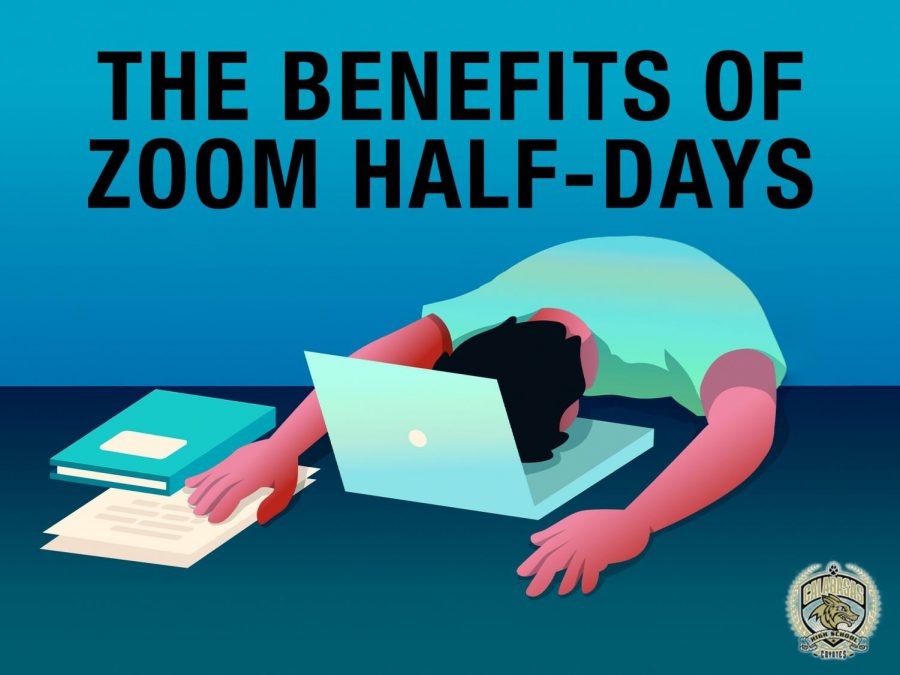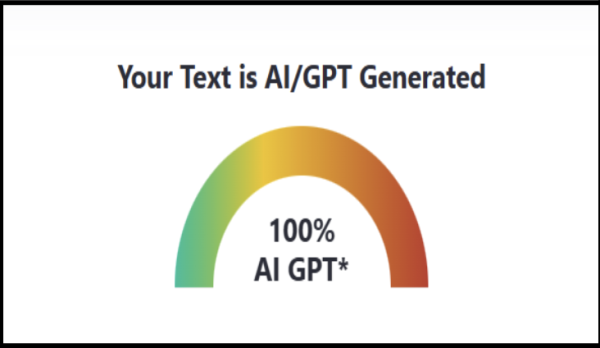Zoom School Days Should Be Shortened
When it became apparent students would need to begin the 2020 school year virtually, school districts struggled to create distance learning plans that would promote a healthy and successful education. Some districts chose to maintain full school hours, while other districts resorted to half days in order to reduce the amount of time students spend stuck in front of their computers. With several months of schooling now completed, it is clear these shortened days should be considered in an effort to protect the overall well-being of students while maintaining academic rigor.
Conejo Valley Unified School District, a neighboring district to LVUSD, includes Thousand Oaks High School, Westlake High School, and Newbury Park High School, among others. Currently, CVUSD operates on a modified schedule, through which students attend two block periods per day. Depending on whether a student is assigned to the morning cohort or the afternoon cohort, he or she is released from Zoom at 10:40 a.m. or 2:30 p.m. In either cohort, students spend only two hours on Zoom. To proceed under this system, CVUSD split the 2020-2021 school year into four quarters. During the first quarter, students only attended periods one, two and three in order to maintain shorter synchronous school hours. Students switched to periods four, five and six as the second quarter began and will repeat this cycle throughout the spring semester.
Although it may seem impossible to complete the entirety of the course curriculum within this scheduling system, CVUSD schools have taken measures to ensure a complete education. In addition, teachers are readily available through email or instant messaging applications such as Remind to answer any questions or offer clarification.
“I feel like [our education] is the same [as that of students who attend Zoom classes all day],” said Westlake High School sophomore Emma Dawson. “We have a lot of work to do throughout the day, not just on Zoom.”
CVUSD suggests students complete asynchronous assignments during the alternate cohort’s Zoom period. For instance, a student in the morning cohort would complete asynchronous assignments between 11:50 a.m. and 2:30 p.m. Balancing asynchronous and synchronous schoolwork in this manner accepts individual learning styles and encourages healthy decisions. With the ability to finish schoolwork on one’s own time, including necessary breaks, students can intersperse the intensity of constant online stimulation with relaxation or an enjoyable activity. Students are able to monitor their personal mental state and independently preserve their own health without losing any educational rigor.
“[Zoom is] exhausting for the brain, and kids […] end up feeling fatigued, groggy, cranky and unfocused as a result,” said child and adolescent psychotherapist Katie Hurley, LSCW. “Many report both physical and cognitive signs of stress.”
Unnecessarily long hours on Zoom force inactivity, optical strain and mental exhaustion upon students. Shorter days with increased flexibility, like those of CVUSD, give students the opportunity to take care of themselves, which in turn promotes an energetic attitude in both education and extracurriculars. Productivity ultimately originates in stability and contentment, rather than exhaustion and overwhelm.
“I feel like if I had more time where I wasn’t [on Zoom], and I had more asynchronous work, I would be able to have more motivation,” said Calabasas High sophomore Aashi Jhawer. “[I] wouldn’t be as drained by the end of the school day.”
The two-block system of CVUSD is not the only creative alternative in the area. At Oak Park High School, students are released at 10 a.m. each Friday to provide them a period of time in which they can complete any unfinished schoolwork. This way, if the wear and tear of online participation becomes overwhelming, students can postpone assignments until Friday to reduce the amount of strain placed on themselves. Early release Fridays also ensure a rest from the monotony and challenges of distance learning, giving students additional time to recoup before the next school week.
Ultimately, because there is no perfect solution, distance learning decisions come down to what is best for students. Administrators, teachers and parents alike want adolescents to succeed without fatigue or exhaustion. To that end, more flexible school hours enable students to maintain their desire to learn and encourage a calm and optimistic mindset. During this trying time, shortened schedules go a long way in preventing education from becoming just another source of constant anxiety.
Your donation will support the student journalists of Calabasas High School. Your contribution will allow us to purchase equipment and cover our annual website hosting costs.












